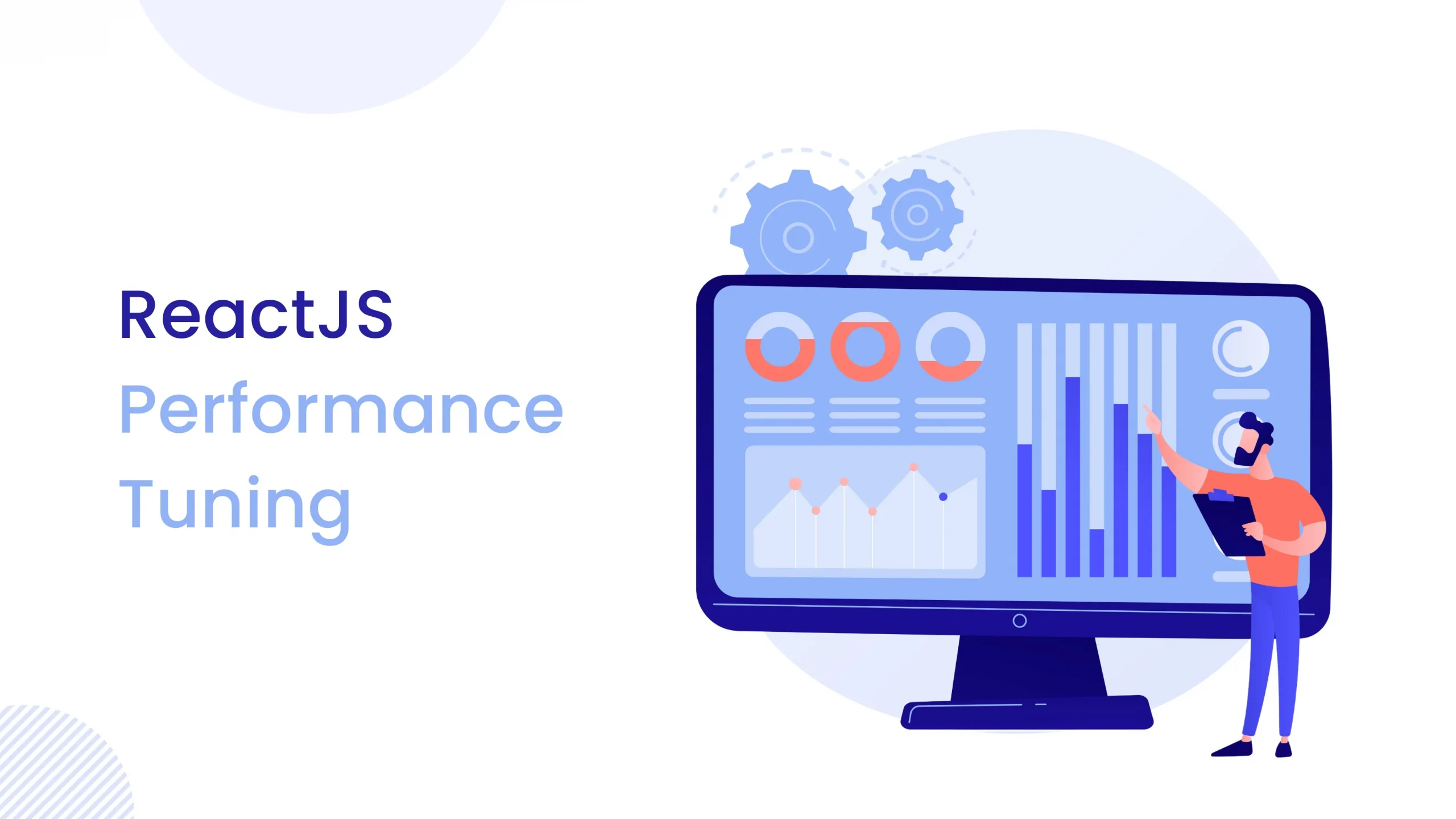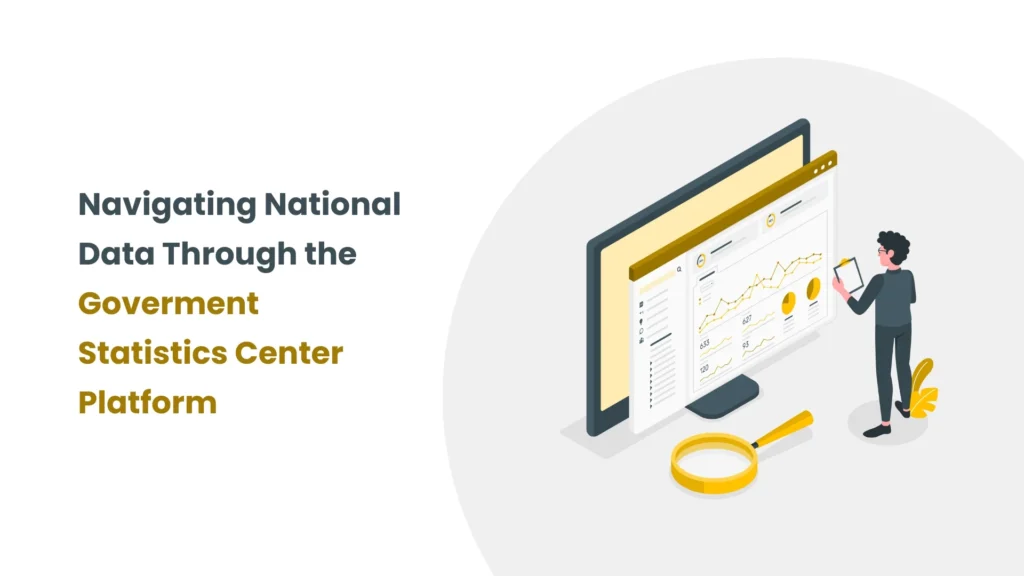Introduction
Imagine a webpage that never ends, where fresh content continuously appears as you navigate downward, eliminating the need for traditional pagination. This is the core of infinite scrolling—a design paradigm that has revolutionized user experiences across various digital platforms. Commonly used in social media, e-commerce, and news platforms, infinite scrolling ensures users stay engaged by continuously presenting fresh content. Rather than loading all the data at once, content is dynamically loaded as the user scrolls down, providing a faster and more responsive experience.
A Real-World Example : Unsplash
A prime example of infinite scrolling in action is Unsplash, a platform that dynamically populates the page with new images as you scroll. These images are not preloaded, as that would slow down the page. Instead, Unsplash implements lazy loading, ensuring that new images are only rendered when they come into the user’s view. This makes the application highly performant and user-friendly by reducing unnecessary data loads and speeding up the overall user experience.
The Value of Infinite Scrolling in Web Applications
Whether you’re building a social media app, a news feed, or an e-commerce store, efficient data handling is critical when dealing with large datasets. Infinite scrolling allows your application to dynamically load more content as the user scrolls, ensuring a smooth and modern experience without manual intervention. By fetching data incrementally, the browser isn’t overwhelmed with large amounts of information all at once. This approach improves page load times and creates a more responsive user interface. This is especially crucial when dealing with massive datasets, where loading everything at once could cause the application to slow down or even crash.
The Technology Behind Infinite Scrolling
Behind the scenes, infinite scrolling employs smart techniques such as detecting the user’s scroll position, fetching data in chunks, and lazy loading for images. These optimizations ensure that users enjoy a seamless flow of content without interruptions, making infinite scrolling a powerful tool for modern web applications.
A study published in the Information Systems Journal found that even brief interruptions (like clicking a “Next” button) can cause users to disengage or change their tasks. Infinite scrolling avoids this problem by continuously feeding users new content, keeping them engaged and focused on the task at hand.
The first site widely credited with implementing infinite scroll is Facebook, which introduced this feature in 2006, followed by Instagram in 2012. Google introduced this capability for mobile search results in October 2021, later rolling it out for desktops in late 2022. However, a report from Search Engine Land indicates that Google is phasing out its continuous scrolling feature to enhance search performance by delivering results more efficiently.
Is Infinite Scrolling Always the Best Solution?
While infinite scrolling has clear advantages, it isn’t the perfect solution for every website. As the Nielsen Norman Group points out, the effectiveness of infinite scrolling depends on the specific needs and context of the application. For example, infinite scrolling is ideal for platforms where users browse a large amount of content, like social media or product listings.
However, there are cases where infinite scrolling may not be suitable. For content-heavy sites where users need to find specific information quickly, traditional pagination might be more effective. The decision to implement infinite scrolling should be based on the goals of the website and the user experience it aims to deliver.
Implementation Methods
React infinite scroll can be implemented in two ways, by manual implementation without a library and by using an infinite scroll library.
Here’s an overview of three common methods for implementing infinite scroll using React Hooks, aside from using a library. Each method offers a different approach, allowing you to choose the one that best fits your needs. Here are three common methods:
- Using the window.scroll Event : This approach involves adding an event listener to the scroll event on the window object. By monitoring the scroll position, you can determine when the user has reached the bottom of the page and trigger the loading of additional content.
Use Case : This approach is straightforward and works well for simple applications where performance is not a critical concern. However, it can lead to performance issues if many components or heavy computations are triggered on every scroll event.
useEffect(() => {
const handleScroll = () => {
if (window.innerHeight + window.scrollY >= document.body.offsetHeight) {
// Load more content
}
};
window.addEventListener('scroll', handleScroll);
return () => window.removeEventListener('scroll', handleScroll);
}, []);
- Using Intersection Observer API : The IntersectionObserver API allows for more efficient detection of when an element enters the viewport. This method can be used to trigger content loading when a specific “load more” element is visible.
Infinite scrolling also can be done by listening to scroll events, but we have to keep calculating scroll positions. While using Intersection Observer API, you only need to provide a callback function, when the target element enters the viewport, it will be executed automatically, which is not only simple but also has better performance.
Use Case : This method is highly efficient and is suitable for applications with a large amount of content. It reduces the number of event listeners and computations required, making it ideal for performance-sensitive applications.
const observer = useRef();
useEffect(() => {
observer.current = new IntersectionObserver((entries) => {
if (entries[0].isIntersecting) {
// Load more content
}
});
const currentObserver = observer.current;
const loadMoreElement = document.getElementById('load-more');
if (loadMoreElement) {
currentObserver.observe(loadMoreElement);
}
return () => {
if (loadMoreElement) {
currentObserver.unobserve(loadMoreElement);
}
};
}, []);
- Using useRef : This method allows for direct access to DOM elements and provides a way to monitor their scroll position, making it a flexible option for custom layouts
useRef is better suited for specific situations, particularly when dealing with custom scrollable areas, performance-sensitive applications, or a simpler approach that gives you fine control over the user experience.
Use Case : This approach is beneficial when building custom scroll containers or when needing to monitor specific scrolling elements rather than the entire window. It provides flexibility for complex layouts.
const scrollRef = useRef();
useEffect(() => {
const handleScroll = () => {
if (scrollRef.current.scrollTop + scrollRef.current.clientHeight >= scrollRef.current.scrollHeight) {
// Load more content
}
};
const refCurrent = scrollRef.current;
refCurrent.addEventListener('scroll', handleScroll);
return () => refCurrent.removeEventListener('scroll', handleScroll);
}, []);
In addition to the manual methods of implementing infinite scrolling, several libraries can simplify the process, making it easier to achieve a smooth and efficient user experience. Here are a couple of popular libraries to consider:
- react-infinite-scroll-component : react-infinite-scroll-component allows you to easily implement infinite scrolling in your React applications by automatically loading more data as users reach the end of a list or grid. It handles scroll event detection behind the scenes, so there’s no need to manually manage scrolling logic. You can customize the scroll threshold to decide when to load new content, and it supports both vertical and horizontal scrolling, making it versatile for various layouts.
Technical Features
- Easy Setup : Requires minimal configuration to integrate into your existing codebase.
- Customizable Loader : You can easily customize loading indicators to match your application’s design.
- Threshold Control : Set the threshold at which new content should load, providing flexibility based on user behavior.
When to Use : This library is ideal for applications that require a straightforward infinite scroll implementation without the need for heavy optimization or complex data structures. It works well for standard lists or feeds, such as news articles, images, or social media posts.
import InfiniteScroll from 'react-infinite-scroll-component';
const MyComponent = () = > {
const[items, setItems] = useState([... initialItems]);
const fetchMoreData = () = > {
// Fetch and append more items
};
return (<InfiniteScroll dataLength = {items.length} next =
{fetchMoreData} hasMore = {hasMoreItems} loader =
{<h4> Loading...</ h4>}>{items.map(
(item) = > (<div key = {item.id}>{item.name} < / div >))} <
/ InfiniteScroll >);
};
- react-window-infinite-loader : react-window-infinite-loader complements react-window by adding infinite loading capabilities. It allows you to load more items as the user scrolls down, making it ideal for applications that require both virtualization and infinite scrolling.
Technical Features
-
- Seamless Integration : Works directly with react-window to enhance it with infinite loading functionality.
- Custom Loading Logic : Manage which items are loaded and when improving user experience.
- Maintains Performance : Leverages virtualization while loading additional items.
When to Use : This library is best suited for applications that handle large datasets and require both virtualization and infinite scrolling. It’s perfect for scenarios like email clients, large product catalogs, or social media feeds where users may need to load more items dynamically.
import InfiniteLoader from 'react-window-infinite-loader';
import{FixedSizeList as List} from 'react-window';
const MyInfiniteLoaderList = ({items, loadMoreItems, itemCount}) = > {
const isItemLoaded = (index) =
> !!items[index]; // Check if the item is loaded
return (<InfiniteLoader isItemLoaded = {isItemLoaded} loadMoreItems =
{loadMoreItems} itemCount = {itemCount}
// Total number of items (including those yet to be loaded)
>{({onItemsRendered, ref}) =
> (<List height = {400} itemCount = {items.length} itemSize =
{35} onItemsRendered = {onItemsRendered} ref = {ref}>{
({index, style}) =
> (<div style = {style}>{items[index]} < / div >)} <
/ List >)} < / InfiniteLoader >);
};
- react-window : react-window stands out as one of the most popular libraries for rendering large lists in React, as noted in npm documentation. It efficiently handles the rendering of only the visible items in a list, which significantly improves performance, particularly with extensive datasets.
Technical Features
-
- Virtualization : Reduces the number of DOM nodes by rendering only the visible items, which enhances performance.
- Custom Item Sizes : Supports both fixed and variable item sizes, allowing flexibility based on the content.
- Lightweight : Minimal overhead, making it suitable for high-performance applications.
When to Use : Use react-window when dealing with large datasets where performance is a concern. It’s particularly beneficial for applications that need to display long lists of items, such as product listings, user directories, or large data tables.
import{FixedSizeList as List} from 'react-window';
const MyList = ({items}) = > {
return (
<List height = {400} itemCount = {items.length} itemSize = {35} width =
{300}>{({index, style}) = > (<div style = {style}>{items[index]} <
/ div >)} < / List >);
};
Conclusion
To conclude, infinite scrolling represents a significant evolution in how users interact with web content.. By dynamically loading content as users scroll, applications can enhance performance and keep users focused on exploration rather than navigation. However, it’s essential to recognize that infinite scrolling is not a one-size-fits-all solution. The effectiveness of this design choice depends on the specific context and user needs of each application.




